By Louise Irvine
A limited edition work of art is restricted to the number of copies created and Royal Doulton produced some of the earliest ceramic art editions during the 1930s. Discerning collectors who could not afford to buy originals could patronize artists and acquire signed works of art. Limited availability increased demand and rarity value in the marketplace. Royal Doulton’s limited edition jugs and loving cups with literary themes will be on display in the new WMODA reference library of 19th and 20th century Fired Arts.
Charles Noke, Royal Doulton’s art director, was a shrewd marketing man and he adapted the idea of limited editions from the publishing industry. Since the late 19th century, deluxe books had been printed on high quality paper with expensive leather bindings in limited editions especially for collectors. For example, James Barrie’s Peter Pan in Kensington Gardens was published in a limited edition of 500 in 1906 and copies signed by the illustrator, Arthur Rackham, now change hands for many thousands of dollars. Charles Noke was inspired by this hugely popular Peter Pan book and included Rackham style gnomes in his designs for Royal Doulton vases and figurines during the 1920s.
Noke was an ardent bibliophile and his favorite books inspired his most collectable ranges for Royal Doulton. His repertoire of popular literature, legend, poetry, and song included Browning’s Pied Piper, Stevenson’s Treasure Island and the exploits of Robin Hood. The expansive surface of his limited edition jugs, which stand around 10 inches tall, gave him lots of scope for storytelling. The scenes unfold in low relief, vigorously modeled by Noke and assisted by Harry Fenton, and they were hand-painted in glowing underglaze colors by the most experienced decorators.
A Royal Doulton catalog from 1933 depicts Noke’s prestige Shakespeare jug together with his character figure of Sir John Falstaff. Noke also revived the British toby jug tradition for portraying his literary heroes as well as ceremonial loving cups. These large ornamental vessels with two handles were passed around at banquets for communal toasting and drinking. Long after they became obsolete at the table, they were used to commemorate significant events and Noke created designs to mark many important royal and historic anniversaries during the 1930s.
Noke particularly enjoyed reading Charles Dickens and was inspired to model the Dickens Dream jug after a painting by the Victorian artist R.W. Buss. In a letter about the design, Noke explained that as a boy he had “nearly all the original editions of his books” and was “thoroughly familiar with his characters”. He decided not to limit this design so that it would be available over a long period and enjoyed by more collectors. However, his 1936 Dickens jug celebrating the “Master of Smiles and Tears” was limited to 1,000 copies.
The edition sizes of Noke’s loving cups and jugs range from 300 to 1,000, and the unique number appears on the base which is often decorated with appropriate motifs or symbols. Certificates of authenticity signed by Noke originally accompanied the purchase and these have survived occasionally. Arthur Wiener, the founder of WMODA, is a huge fan of these prestige pieces and has acquired many examples for the museum collection.

Charles Noke modeling a loving cup
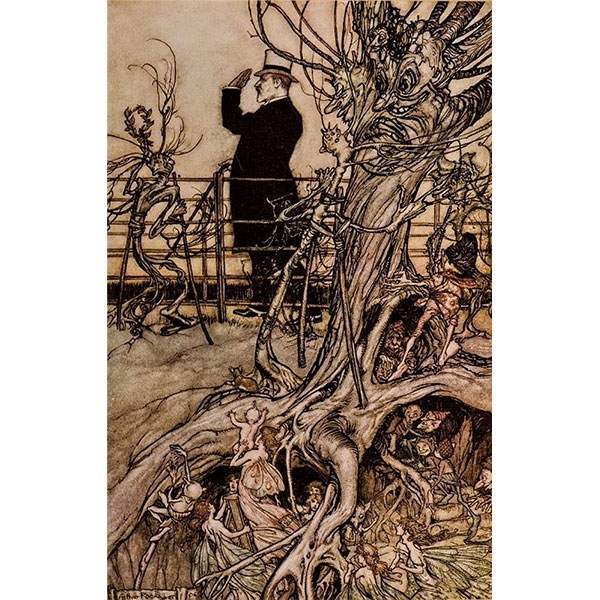
Peter Pan in Kensington Gardens by Arthur Rackham
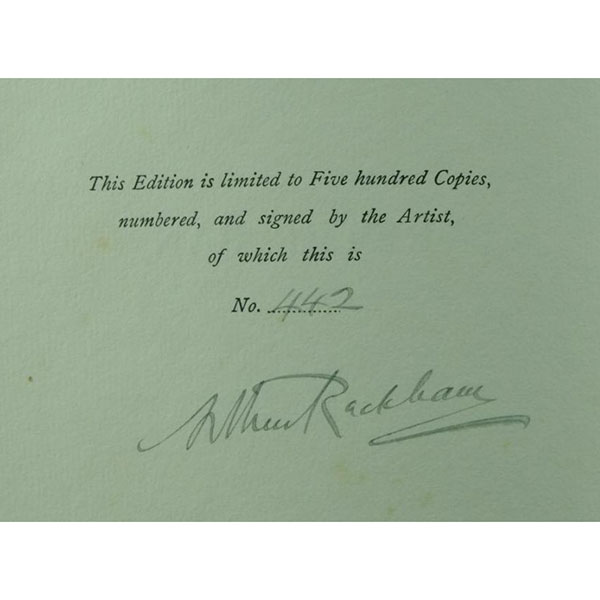
Peter Pan in Kensington Gardens Signed Limited Edition
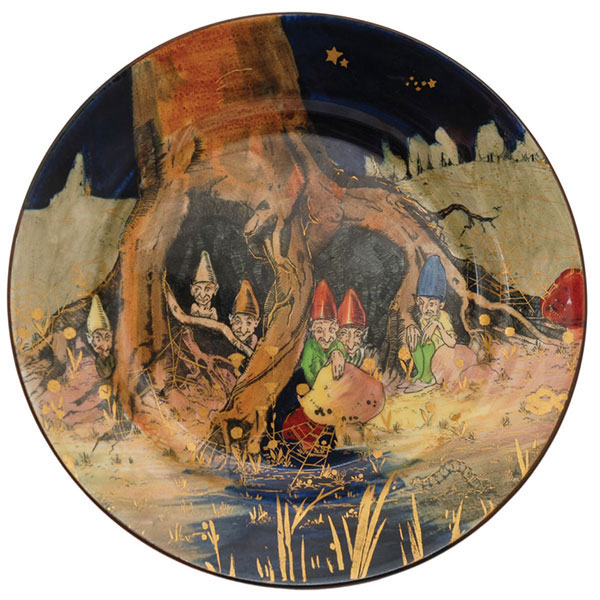
Royal Doulton Gnomes Plate
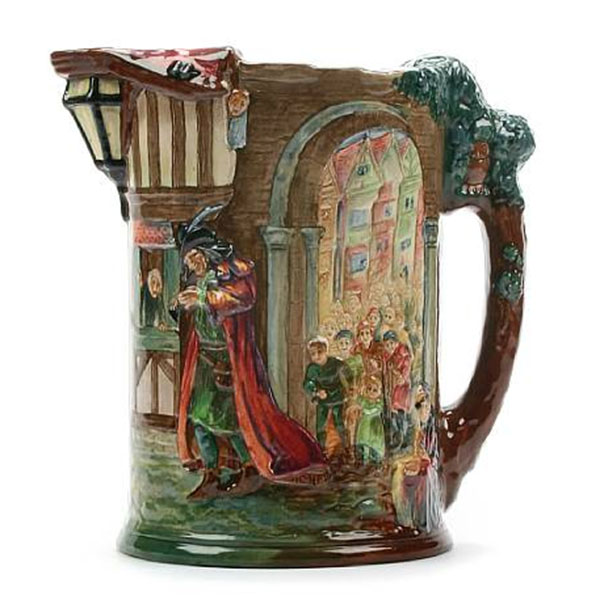
Royal Doulton Pied Piper Jug
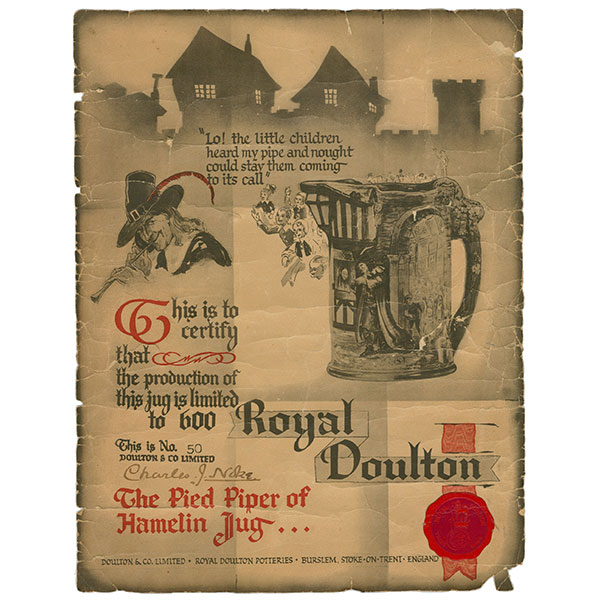
Pied Piper Certificate

Royal Doulton Wandering Minstrel Loving Cup
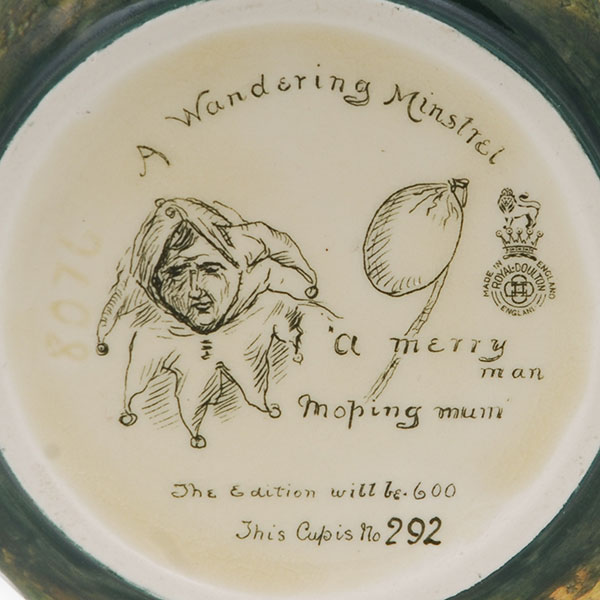
Wandering Minstrel Base
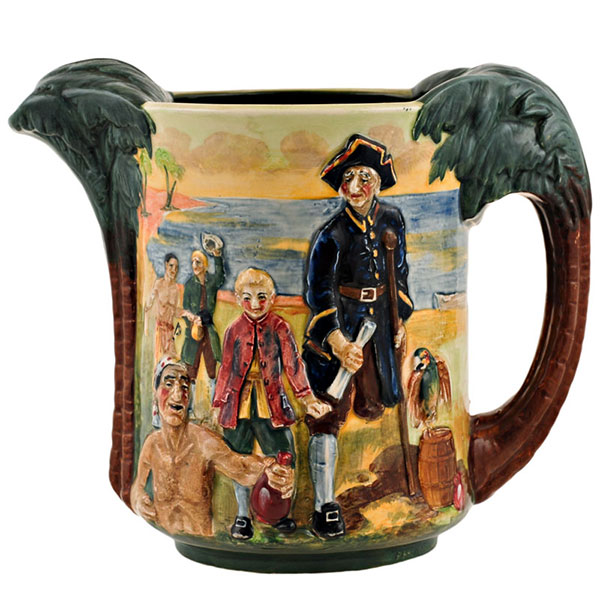
Royal Doulton Treasure Island Jug

Treasure Island Certificate
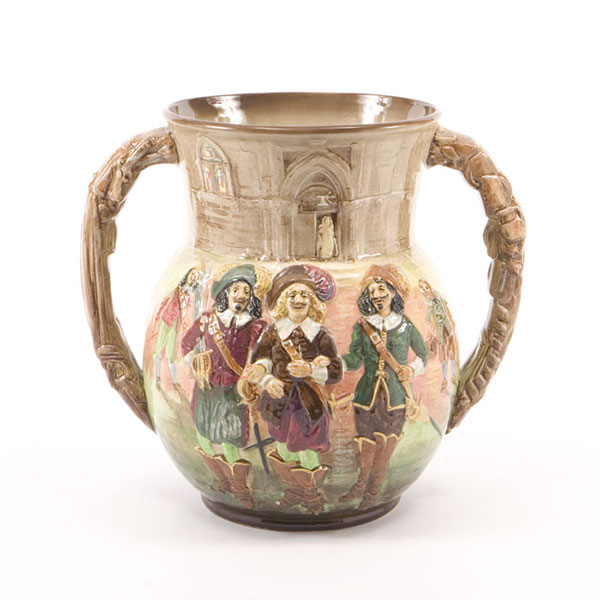
Three Musketeers Loving Cup

Three Musketeers Certificate
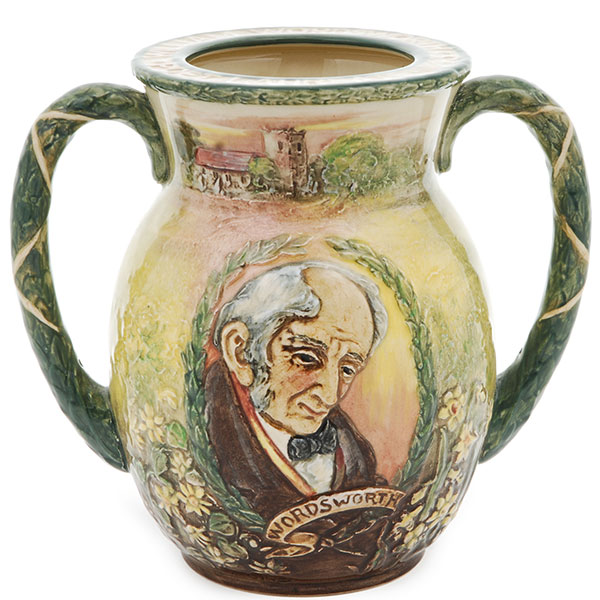
Royal Doulton William Wordsworth Loving Cup
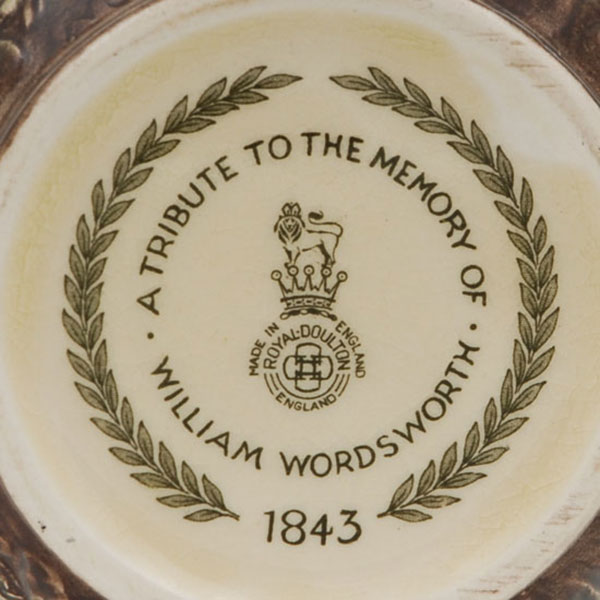
William Wordsworth Base
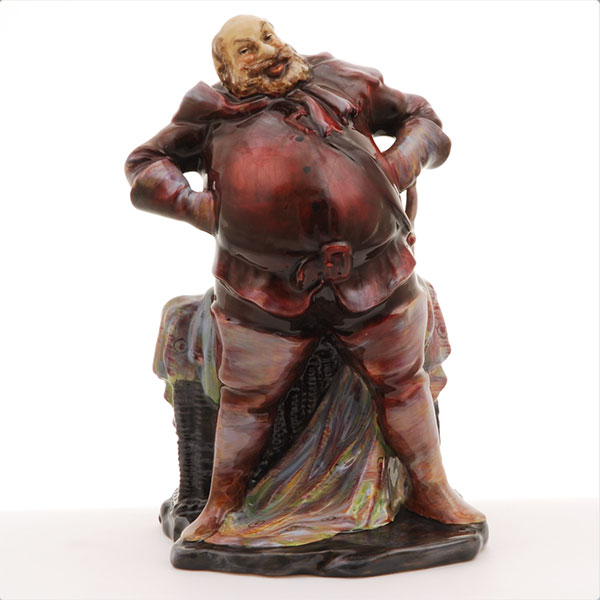
Royal Doulton Falstaff
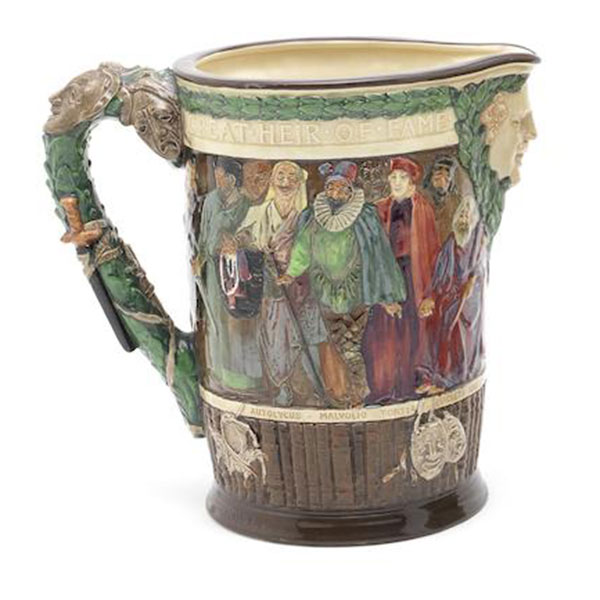
Royal Doulton Shakespeare Jug 1933
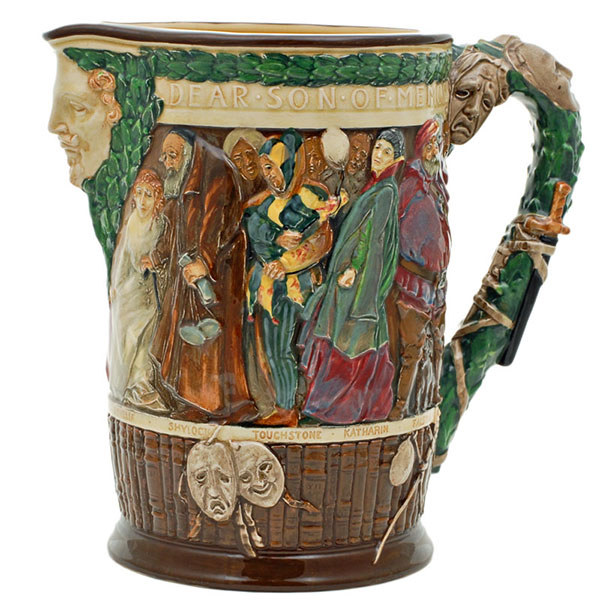
Royal Doulton Shakespeare Jug
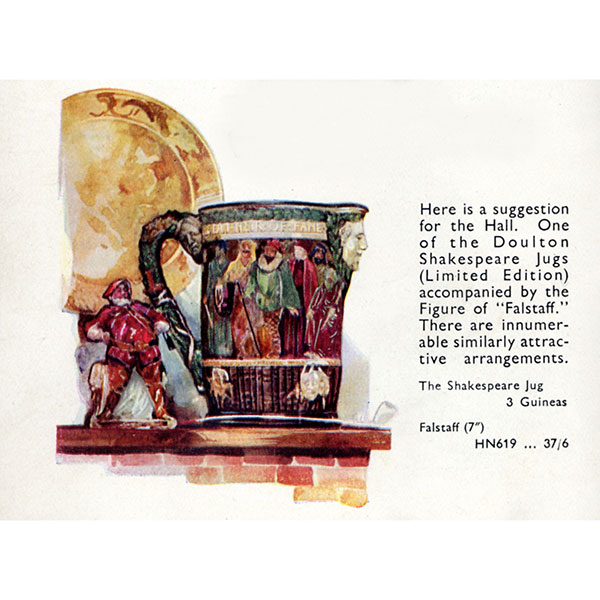
Doulton Catalog 1933
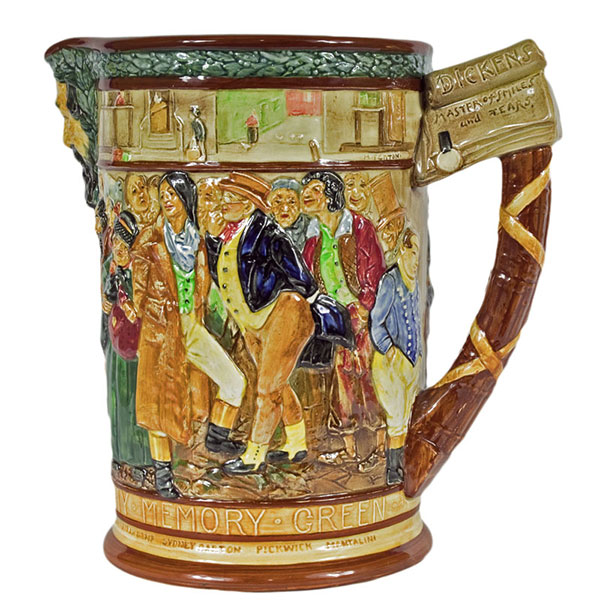
Royal Doulton Dickens Jug

Dickens Jug Base

Dickens Jug Certificate 1936

Charles Noke Dickens Jug Letter 1934
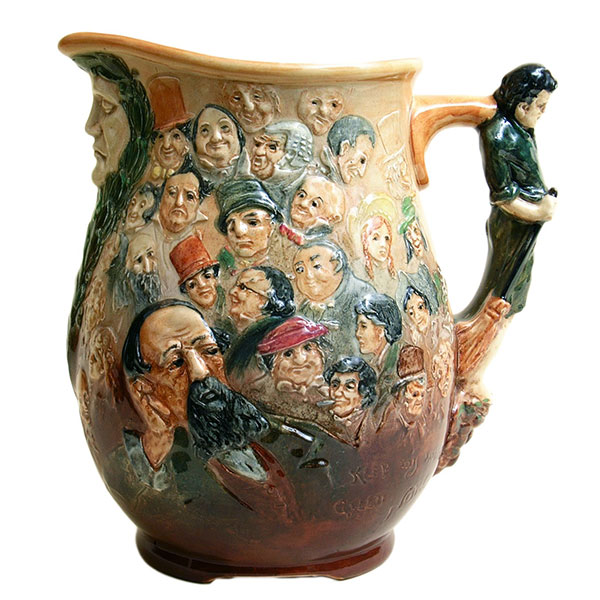
Royal Doulton Dickens Dream Jug
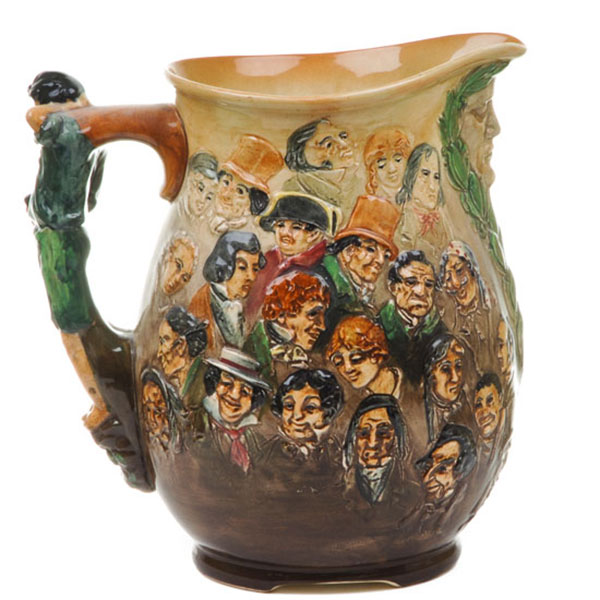
Royal Doulton Dickens Dream Jug
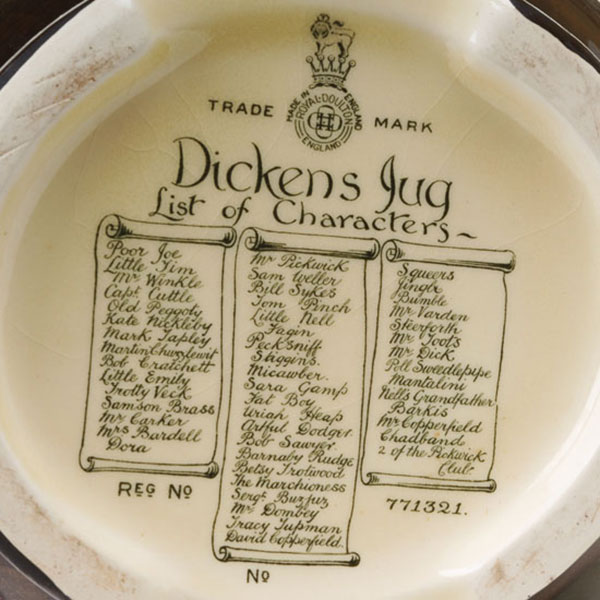
Dickens Dream Jug Base
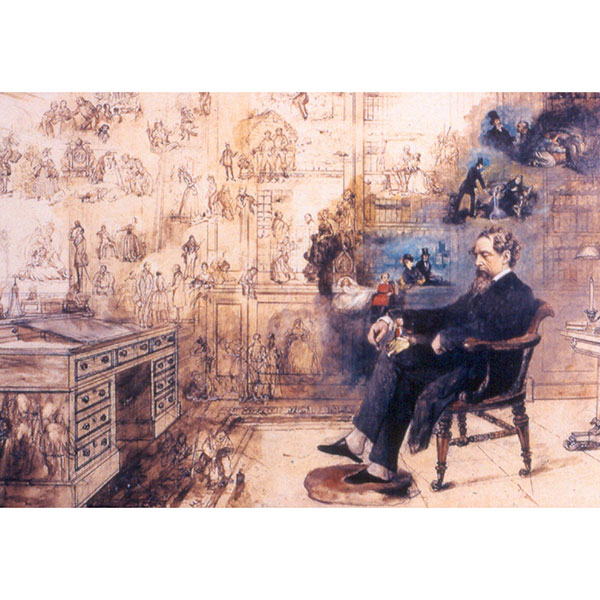
Dickens Dream R. W. Buss
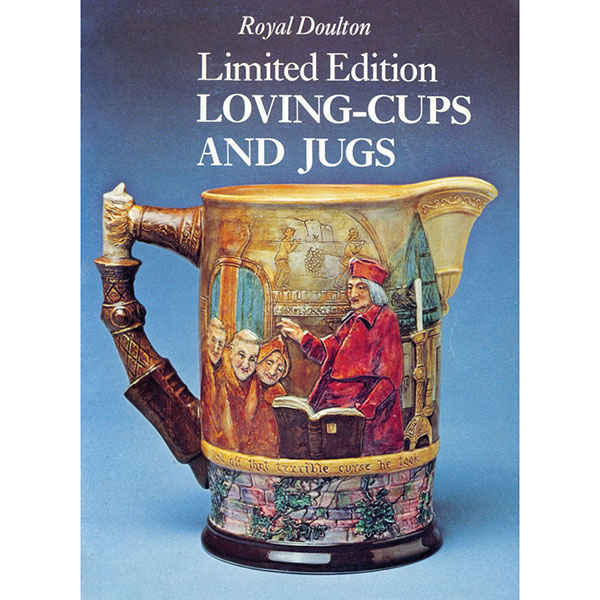
Loving Cups and Jugs Book

The Noke Legacy Book
